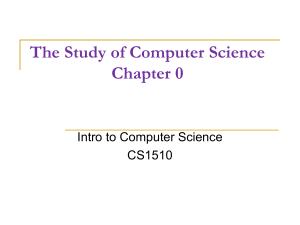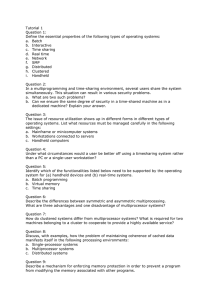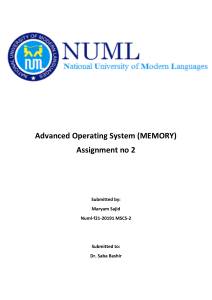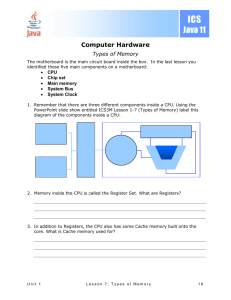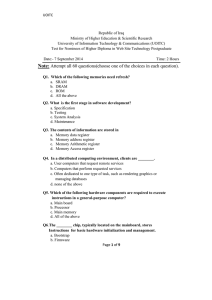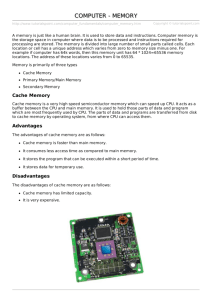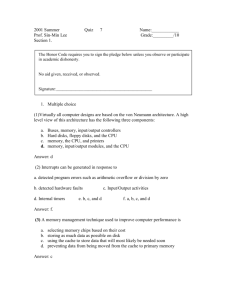Operating System Principles Tutorial
advertisement
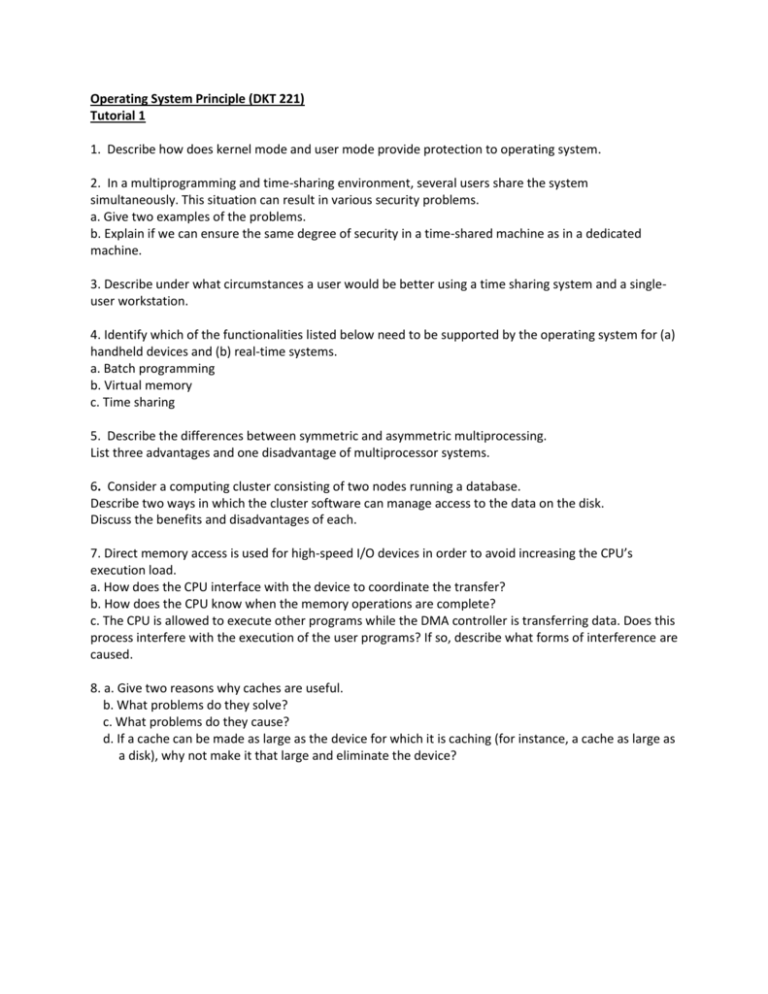
Operating System Principle (DKT 221) Tutorial 1 1. Describe how does kernel mode and user mode provide protection to operating system. 2. In a multiprogramming and time-sharing environment, several users share the system simultaneously. This situation can result in various security problems. a. Give two examples of the problems. b. Explain if we can ensure the same degree of security in a time-shared machine as in a dedicated machine. 3. Describe under what circumstances a user would be better using a time sharing system and a singleuser workstation. 4. Identify which of the functionalities listed below need to be supported by the operating system for (a) handheld devices and (b) real-time systems. a. Batch programming b. Virtual memory c. Time sharing 5. Describe the differences between symmetric and asymmetric multiprocessing. List three advantages and one disadvantage of multiprocessor systems. 6. Consider a computing cluster consisting of two nodes running a database. Describe two ways in which the cluster software can manage access to the data on the disk. Discuss the benefits and disadvantages of each. 7. Direct memory access is used for high-speed I/O devices in order to avoid increasing the CPU’s execution load. a. How does the CPU interface with the device to coordinate the transfer? b. How does the CPU know when the memory operations are complete? c. The CPU is allowed to execute other programs while the DMA controller is transferring data. Does this process interfere with the execution of the user programs? If so, describe what forms of interference are caused. 8. a. Give two reasons why caches are useful. b. What problems do they solve? c. What problems do they cause? d. If a cache can be made as large as the device for which it is caching (for instance, a cache as large as a disk), why not make it that large and eliminate the device? CPU0 CPU1 CPU2 registers registers registers cache cache cache memory 9. Consider an SMP system similar to what is shown in Figure above. Illustrate with an example how data residing in memory could in fact have two different values in each of the local caches.

